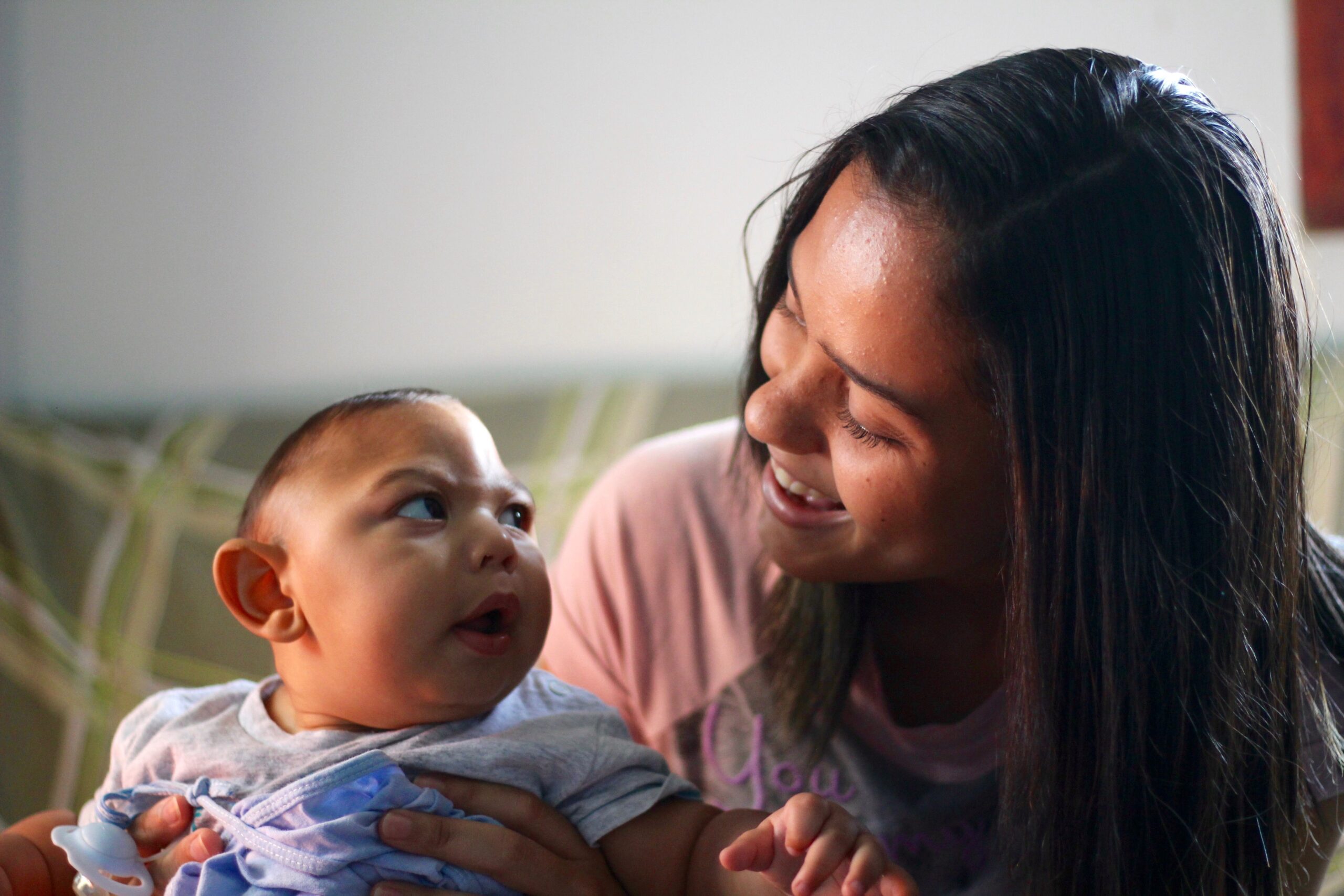Sometimes a story is so good it demands to be told. Stories can be life forces in themselves taking a hold of us, changing us, and that is what happened to our team in telling the story at the heart of the documentary film No Place On Earth, the story of the longest recorded uninterrupted survival underground.
But personally, I was a skeptic at first. When a colleague brought the true story behind No Place On Earth to me, I wasn’t sure about it. A friend said, “I have a great Holocaust story.” The first thing that flashed through my mind was there are a lot of great Holocaust films, both documentaries and dramas. Did it really make sense to do another one? Why not just watch the ones that exist? But then I heard the story of how a group of five families, 38 men, women and children slid through a narrow, muddy hole, 100 feet down into the ground, into an unknown pitch-black world, and I was hooked.
It was simply the best adventure survival story I had heard anywhere. Forget 127 hours, this was 511 days. Looking for any place to hide, the men discovered this underground world when they heard that a fox had fled down a small hole. Descending down that claustrophobic hole hoping to find a small cavern to hide in, they discovered instead one of the longest caves in the world, 77 miles long and counting (It’s still being explored to this day). These 38 men, women and children then became original explorers in a completely untouched subterranean world.
But how did they figure out how to live there, to literally build a village underground? How did they figure out how to keep clean and healthy? How did they figure out how to cope in complete darkness — darkness that is truly pitch-black — where there is no ambient light whatsoever, not even from a single star or a sliver of moon?
So what can you learn from a story of five families surviving underground for over a year and a half? You learn that young men are crazy brave. In a world where we, of late sometimes see them on TV as violent aggressors, actually young men can be so heroic and resourceful that they will keep family and friends alive at constant risk to themselves, venturing into the night to collect food, firewood and basic supplies, always only one tiny step away from being caught and killed. You learn that the bonds of brotherhood are a powerful form of love.
You are also reminded that mothers can be brilliant generals. Yes, that’s right, they lean in. When her family and friends were in jeopardy one 50-something mother, Esther Stermer, stood up to a Nazi officer allowing dozens of people to flee into the shadows of the cave. And although she doesn’t look particularly fit in pictures, Esther Stermer found the strength to carry her 21-year-old son on her back for miles in the rain and sleet. When that son asked her years later why she had done it, she told him, “I was not going to leave any of my children.” You learn that family really matters when the chips are down.
You are also reminded that faith matters: faith in God, faith in community, faith in something. Yes, that might be a little old-fashioned. But if you don’t believe in anything, you won’t have it in you to fight.
In the end, these five families, 38 people, ranging in ages from 2 to 76, survived underground for almost a year and a half. By thinking out of the box, by pooling their talents from strength, to engineering ability to kindness, they taught themselves how to be world-class cavers and kept even small children and old women alive. Those women and children survived for one uninterrupted stretch of 344 days underground, the longest ever recorded uninterrupted underground survival. When the children came out of the cave in 1944, some of them had forgotten there was a sun. They thought the sun was a very large candle.
This story would not have come to light had it not been for an intrepid American cave explorer, Chris Nicola, who decades later, went in search of his Ukrainian Orthodox roots but instead found the story of a Jewish family. Sometimes, a story takes hold of you and drags you somewhere completely unexpected. Sometimes, when you least predict it, you find connection and meaning in an unexpected place.
No Place On Earth let the group of us who made the film — our film family — through touch, taste and in very low light see the the power of the human spirit, the power of family, friendship, and a village underground. Yes, it turns out, it does take a village. It taught me personally that, from stories from 70 years ago, we can learn so much about our world and our life today, about what is possible and about the ripple effect of life. Thirty-eight individuals fight to survive has resulted in over 135 children, grandchildren and great-grandchildren: lawyers and doctor, film editors and artists, teachers and physical therapists, construction executives and accountants who wouldn’t be alive if 38 people hadn’t bonded together. In a world, where you think you have heard everything, sometimes you can still feel awe.
A version of this article was first published on HuffPost.




